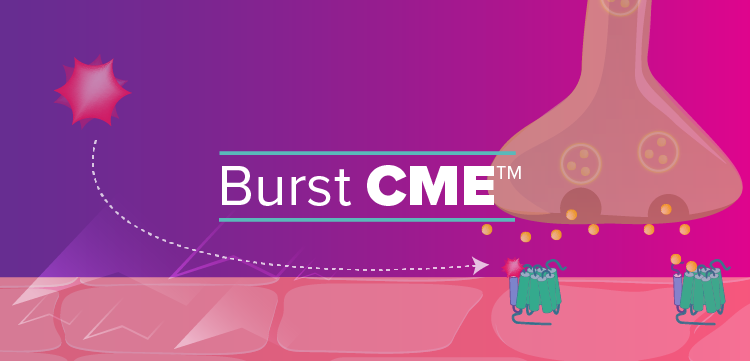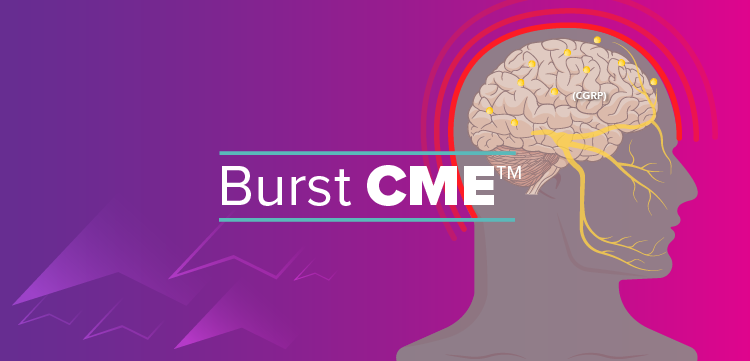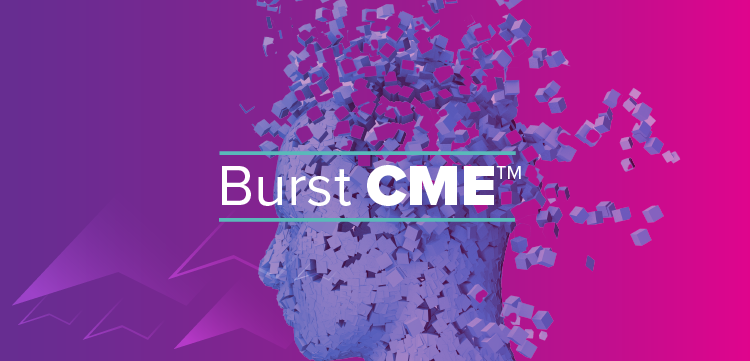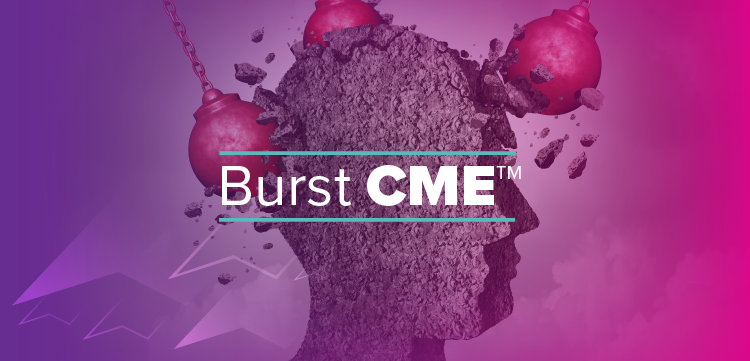Altmed Watch
ALTMED WATCH
The latest research on complementary and alternative medicine
A critical look at CAM remedies for menopause
Soy-based products seem to offer modest relief for hot flashes, according to this analysis of 29 randomized, controlled clinical trials. But isoflavone formulas appear to be less effective than soy foods. There is also evidence to support the contention that black cohosh preparations relieve menopausal symptoms, say researchers from Columbia University and George Washington University, but "the lack of adequate long-term safety data (mainly on estrogenic stimulation of the breast and endometrium) precludes recommending long-term use." Clinical trials have not lent sufficient support to dong quai, red clover, vitamin E, and evening primrose oil for relief of hot flashes.
Kronenberg F, Fugh-Berman A. Complementary and alternative medicine for menopausal symptoms: a review of randomized, controlled trials. Ann Intern Med. 2002;137:805-813.
SAMe as effective as tricyclic antidepressants
S-adenosyl-L-methionine, an over-the-counter alternative remedy, has been found to be as effective as imipramine in two recent double-blind trials. In the first study, SAMe, which is also the most important methyl donor in the central nervous system, was given orally to a group of patients with confirmed major depression, at a dose of 1,600 mg a day. The control group took 150 mg a day of imipramine orally. The second trial pitted 400 mg of SAMe/day given intramuscularly against the same imipramine regimen. After 4 and 6 weeks, there were no significant differences between SAMe and control groups in the Hamilton Depression Rating Scale or any other efficacy measurements. Dry mouth, constipation, and tachycardia, however, were more common in patients in the tricyclic groups.
Two previously published meta-analyses have also found that SAMe is more effective than placebo and about as useful as tricyclic agents.
Delle Chiaie R, Pancheri P, Scapicchio P. Efficacy and tolerability of oral and intramuscular S-adenosyl-L-methionine 1,4 butanedisulfonate (SAMe) in the treatment of major depression: comparison with imipramine in 2 multicenter studies. Am J Clin Nutr. 2002;76(5):1172S-1176S.
Soy milk and warfarin may not mix
A recent case report suggests that patients on warfarin may see a drop in their International Normalized Ratio (INR) if they drink too much soy milk, a source of soy protein. A Massachusetts pharmacist has documented the case of a 70-year old patient with atrial fibrillation whose INR had been stabilized in the therapeutic range (2.0 3.0) for 6 weeks. After being treated for an additional 4 weeks with about 1/2 quart of soy milk daily for hypertriglyceridemia, his INR dropped to 1.6. Seven days after stopping the soy product, INR rose to 1.9 and it remained between 2.0 and 3.0 for the next 2 months.
After excluding other possible causes for the drop in his coagulation status, including poor compliance, concurrent medications, and changes in the patient's consumption of vitamin K-rich foods, the report concluded that the soy milk was the most likely culprit. At least two of the isoflavones in soybeansgenistein, and daidzeinhave been shown to alter drug absorption by interacting with drug transporter P-glycoprotein and organic anion-transporter polypeptide in the intestinal tract. Genistein also inhibits CPY1A2, one of the hepatic enzymes involved in warfarin metabolism.
Cambria-Kiely J. Effect of soy milk on warfarin efficacy. Ann Pharmacother. 2002;36:1893-1896.
EDTA doesn't relieve symptoms of CAD
Although several practitioners of complementary/ alternative medicine claim that intravenous EDTA is effective against ischemic heart diseaseby allegedly leaching out calcium from atherosclerotic plaquethe latest controlled trial has not been able to support that contention.
To reach that conclusion, Canadian investigators administered EDTA or a placebo solution to 84 patients with confirmed coronary artery disease, giving the solution for 3 hours per treatment twice weekly for 15 weeks, and then once per month for 3 months. Both groups also took oral multivitamins.
At the end of 27 weeks, there was only a 9-second difference between the groups in the time it took patients to become ischemic during treadmill testing (P= 0.69, 95% CI -36 to 53 seconds.)
Knudtson ML, Wyse DG, Galbraith PD, et al. Chelation therapy for ischemic heart disease. JAMA. 2002;287:481-486.
Department editor Paul L. Cerrato, MA, Managing Editor of Contemporary OB/GYN, is a guest lecturer at the Institute of Human Nutrition, Columbia University College of Physicians and Surgeons, New York, N.Y.
Altmed Watch.
Contemporary Ob/Gyn
2003;2:112.
Newsletter
Get the latest clinical updates, case studies, and expert commentary in obstetric and gynecologic care. Sign up now to stay informed.
















